Believe in Your SELF. An Ancient Sage in a Modern World.
$14.95
by Sharon Reef (Author)
Edition: First
Book Details:
- Binding: Paperback
- Pages: 112
- Dimensions (in inches): 0.375 x 7.50 x 5.00
- Publisher: International University Line
- Publication Date: June 10, 2004
- ISBN: 0-9720774-1-3
- Price: $14.95
Believe in your Self
An ancient Sage in a modern world
A simple and practical guide to bringing spirituality into daily life
by
SHARON REEF
Contents
Introduction
1
A brief history lesson
2
Huang Lao today
4
The message
5
Prologue
7Part I
EARTH
9
Always come from the heart
10
Accept life as it is
11
Don’t underestimate the significance of small things in your life
13
Love is to grow with. Forgiveness is to let go with
14
Know where your off switch is. Don’t overextend yourself beyond what is necessary
16
Know when enough is enough
18
It’s hard to have an open heart if we are heavy. If we can make ourselves heavy we can also make ourselves light
20
It is in trying to be perfect that we are imperfect
22
Heaven does not have a dead end road for anyone
25
Enjoy your suffering
26
Planning in life is okay. Sometimes though, our inside has a different agenda than our outside.
Go with what your inside wants you to do
27
You are special and you are not special. Don’t compare yourself to anyone else
30
Of all the people you want to be nice to, be nice to you
31
When all else fails—Patience!
32
Smile as much as possible and keep life simple
33
Let go of fear and the heart will open
34
Individuals are here to find a place of peace within, a peace that will resonate forever
35
Human life is a gift. Since we are human, we are a gift. Cherish yourself
36
Connecting inside connects us outside
38
It is not how well you do something that matters. It’s how open your heart is when you do it
40
To transcend in meditation is easy. To do it in life is difficult
41
Be simple and you will enjoy life
43
Cultivate the good in yourself
44
Be big of heart
46
Don’t focus on the negative part of yourself. Focus on the strength
48
Don’t think. Feel
50
The most important thing for humans is to believe in the Self. It is your foundation
51
See a thing with joy and it will become joyful
52
Once you know what is not good for you, don’t do it
54
Love your parents. They brought you into this world and gave you the opportunity to have life. Give thanks for that
55
Life’s interferences are constant. It’s best to make light of things
57
Humility allows us to grow
58
Create wholeness in yourself by doing one thing at a time
60Part II
HEAVEN
63
Spiritual Awakening depends on people’s willingness to be with themselves
64
All good things come from the heart
66
Meditation is not what you can do, but what you can accept
67
Peace comes when there is quiet. Meditate every day
70
Meditation comes from the heart
72
Negative thoughts cause you to function from negative energy and the body goes down
73
The senses used by the physical body can also come from the heart. We can see, hear, touch, feel and think
from the hear
75
We have such a strong spiritual being inside us. It is very important to spend time with it. If you believe in it,
it will believe in you
78
Patience, Tolerance and Acceptance are needed in physical life as well as in spiritual life
80
There is no wrong way to meditate. Find yourself, find peace within yourself, extend it to others
82
Strengthen the Self. Don’t let the world outside bring you down. Know that spiritual growth is always taking place
83
What we have inside is a spiritual being and as such deserves our respect and reverence
85
Don’t ripple your own peace
86
Everyone has stress and difficulties. Pressure can build and we need a tiny hole to let out steam.
Meditation is like that tiny hole
88
Doubt is like a shadow. It is better to strengthen our beliefs than struggle with the doubts
91
Be Flexible. If we are extreme we will lock ourselves in and not know how to get out
92
Awareness of being human is more important than awareness of the unknown
94
Maximum awareness comes from a place of stillness. To be aware does not mean having our antenna out all the time
96
Meditation does not give you answers, it gives you connection and connection gives you answers
98
Thought is energy
99
To know the presence of God, be present
101
When the awakening of your Self takes place, do not be afraid
103
Trust your Self, Trust your Heart
105
Compassion is the main ingredient of spiritual cultivation
107
Spiritual Cultivation is a beautiful gift to humanity. Cultivate everyday
109
Believe in your Self and your strength increases all the time
111
Introduction
Every day is a beginning
Be a better person each day
A brief history lesson
In 1973 a discovery was made in China which was as important to Eastern culture as the Dead Sea Scrolls were to the West. A furnished tomb of a Han-Dynasty aristocrat was uncovered. This tomb, the Mawangdui, contained many riches, among which were ancient silk scrolls of Taoist texts. These texts were original manuscripts of the three schools of Taoism which thrived at the beginning of the Han Dynasty in 2nd Century BC. These philosophies were known as the Lao-Tzu, the Chuang-Tzu, and the Huang-Lao. Many texts of Lao-Tzu and Chuang-Tzu survived this period and are well known today. The Huang Lao teachings, however, had been lost for more than 2,000 years. This Huang Lao philosophy was extremely popular and influential in the courts of the Chinese rulers during the end of the warring states period and the beginning of the Han dynasty.
The rulers of this time believed that it was necessary for them to know how to align themselves with the forces of nature in order to be successful and ensure the survival of their people. The warring states period in China was one of great chaos and bloodshed, and the individual spiritual development of the ruler was considered essential.
Eventually, with the rise of King Wen as ruler in the Han Dynasty, the Taoist teachings at court were replaced by Confucianism with its emphasis on social conduct as the form of government for China. The Taoist manuscripts of the court fell into disuse among the rulers and filtered down to the elite—such as the Mawangdui aristocrat whose tomb was recently discovered. This allowed the teachings to become more accessible to the people and, although the manuscripts stayed mostly with the elite, the teachings eventually made their way down to the common people. They became more religious in nature and were used as a means of spiritual cultivation.
It’s a long way from China in 2nd century BC to the United States in the 1980s. Most of the teachings of Huang Lao Taoism were handed down through word of mouth from generation to generation from province to province. The people created temples in which to practice their religion and deified Chuang Tzu, Lao Tzu, and Huang Lao. Whether they were real persons or not is better left to scholarly debate, but the influence of Taoist teachings is widespread and takes many forms. These teachings of Huang Lao Taoism are as they came to me in the modern world of the United States.
🖤
Huang Lao today
The teachings of Huang Lao Taoism came to me through the channeling of this entity known as Wong Loh Sin See (Cantonese pronunciation). The temples of Wong Loh Sin See spread from southern China into Thailand and Malaysia along with the migration of the Chinese into these areas. The old ways of passing on the teachings through channeling is still practiced today, and in Asia is a very common and accepted form of teaching. The leader of each Temple has the trained ability to put himself into a trance, allowing the spirit of Wong Loh Sin See to take over his body in order to teach people of today. He serves the same purpose as our ministers or priests in the West. This channeling is viewed with fascination and skepticism in the West, but no matter, it’s the teaching that counts, which is why those of us here in the States who follow this tradition simply call Wong Loh Sin See the Teacher. Sometimes we have to put our Western skepticism aside and judge for ourselves whether the message resonates as truth within us. Then we know that no matter the messenger, the message is helpful to us.
The message
The message of Wong Loh Sin See is quite simple and yet, at the same time, encompasses a vast body of knowledge. We are not taught to choose a spiritual life over a material life. We are not encouraged to renounce this world in favor of some future unknown possibility. We are taught to look at ourselves; to delve deep within our hearts and discover our own divine nature. This discovery is a journey. It doesn’t happen all at once. Along the way we notice how we are operating in the world; the habits we’ve developed which cause pain to ourselves as well as hurt those we love. We come to realize that what we see with our eyes can be superficial, but that what we perceive with our hearts is real. We want to know what is real, therefore we develop the qualities of an open heart. We learn to meditate in order to feel who we really are and to become sensitive to our own energy. As we develop this subtle awareness of our energy we come into contact with our inner Self, that spirit, or soul, which resides within. We learn to just be, not controlling or forcing anything to happen. We are learning to really open ourselves up spiritually by diving deep into meditation, surrendering to our own energy and accepting what is there. We acknowledge its great, vast power for good. We come to surrender our ego to this higher inner Self and begin to trust it to guide us.
So this path is twofold. We learn to meditate and awaken our inner Self, and then to go back into life and endeavor to be a good person. We are given lots of encouragement and understanding of what it is to be a good person, of how important it is to our spiritual cultivation. The goal is to become able to integrate our spiritual life with the everyday mundane world in which we live. Everything in life is a lesson. Joy and sorrow can both be challenging. It takes courage to commit to a life of spiritual cultivation and growth, but isn’t it, after all, why we are here?
Today, in America, Wong Loh Sin See is affectionately called Teacher. He is often asked about his origins and usually replies that it is not him we should be curious about, but ourselves. This is the purpose of all spiritual cultivation—to know and understand ourselves, to know that we have an inner Self which is here for a reason, to know that we are spirit, that we are here to grow that spirit and to become the best human being we can be.
The lofty principles which were studied by the ancient rulers of China remain the same for us: practice spiritual cultivation, learn to align the energies of the Self with the energies of Tao and flow with nature. This will allow for simplicity and naturalness in our actions. We will become able to open our heart, be unafraid, full of faith and trust, living simply and helping our fellow beings to do the same. The practice develops intuition and healing abilities because, through learning to surrender our ego to the divine energy of the universe and functioning from an open heart, we have access to our spiritual nature which is part of everything. Our feet must be anchored in the earth to be grounded and have a centered mind. Our heart must be anchored in heaven to know the spirit in things. When we do the work of humanity with a grounded, centered mind and an open spiritual heart, we are in the right place and life will be a blessing.
Prologue
I sit next to my husband on the floor of my new friend’s living room. All furniture has been removed and I look around at 20 people sitting quietly on cushions facing the fireplace. We are looking at a small table with a teacup and a string of beads on it, next to a simple folded blanket. We wait for this Teacher we had heard so much about. Eventually a rather handsome Chinese man walks in and quietly sits down. He is introduced as Leong Tan and he channels the ancient sage Wong Loh Sin See. He says a few words of greeting, turns around and in a moment we feel a ripple of energy enter the room like the electricity in the air before a storm. He looks around the room, says a few words here and there. Then he looks at me and asks, “Why are you so sad?” I was married with 2 small children and the happiest I had ever been in my life. So why, when he said those words, did I feel all the sadness locked away in my heart come flooding up into my awareness? I had embarked on my journey of self discover with my Teacher.
The years brought many changes and challenges. My husband died of cancer a year after this first meeting with the Teacher—a pain from which I thought I would never recover. I did though eventually, and also eventually, I had the opportunity to travel with Leong and the Teacher across the country to workshops and retreats. I was very fortunate to have had 10 years of close personal training with Wong Loh Sin See. I will always be extremely grateful for this blessing. This book is not about me though. It is about the gems of wisdom spoken by Wong Loh Sin See. I am not a copious note taker. I prefer to allow what I need to learn just seep in as it will. I do, however, have a fondness for one-liners. Patience has never been my strong suit. My impatience needs to get to the point.
Whenever I heard the point in a succinct line or two, I jotted it down in a book I carried with me.
I would like to share the teachings of Wong Loh Sin See with you through these quotes—these “compressed files.” The commentaries that follow are my attempts to decompress these files, to open my heart and see what wisdom has seeped in which I can share.
Sometimes we are forced to change,
sometimes we decide to change.
In any case change always comes.

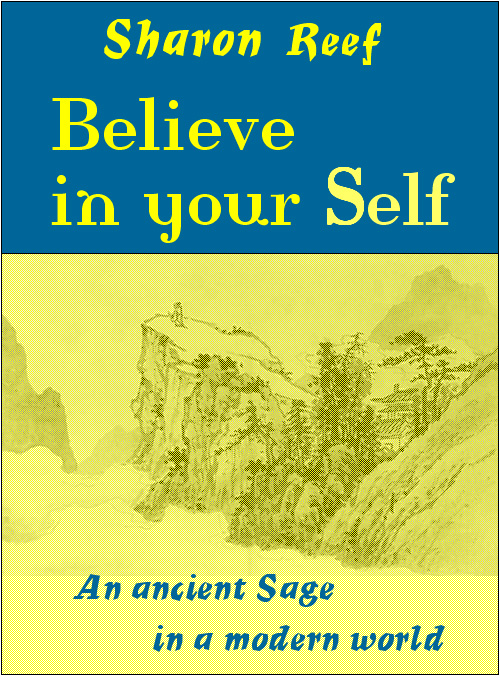
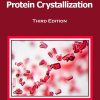
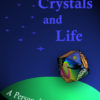
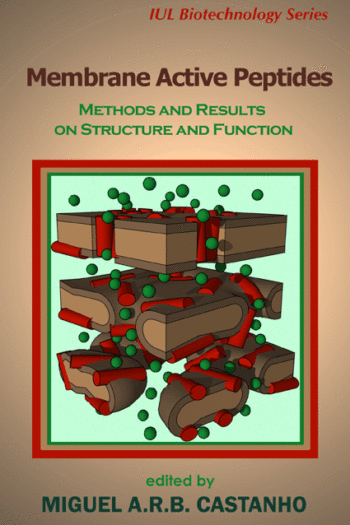
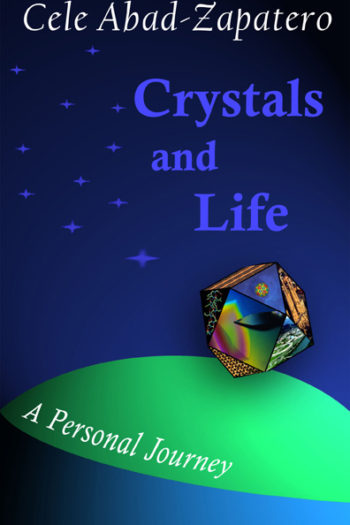

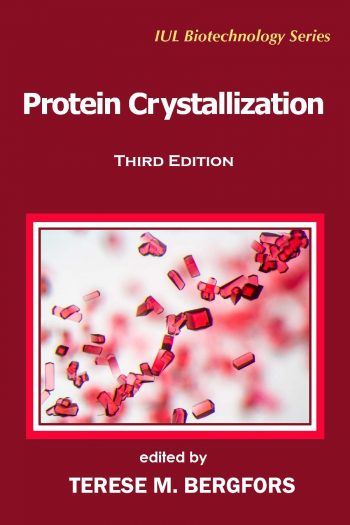
Deepak Chopra –
Author of Spontaneous Fullfilment of Desire: Harnessing the Infinite Power of Coincidence
Sharon’s book is a simple and yet profound journey of transformation that will help anyone who follows its principles.
Ted Kardash –
Ph.D., Taoist Priest
…Whether she is addressing how to develop the qualities of an open heart, awakening our inner Self, or integrating our spiritual pursuits with our everyday lives, Sharon presents these teachings in a concise, comprehensive style that helps one to begin to align their own efforts with the energies of the Tao. Following the wisdom that is outlined in Believe in your Self can lead to the profound experience of unity with the Tao.
J. Marshall Medlin –
Memphis, Tennessee
I recently read this book and found it to be very inspiring and insightful. It is simple yet eloquent, which I found to be in keeping with Taoist philosophy. The author writes in a very personal and sincere way, like she is speaking with you. I couldn’t put the book down when I started and read it cover to cover. However, it would be very helpful just to read any section at random. Her added commentary to each quote makes this book very practical for everyday life.
Amazon.com customer –
California
I’m just a regular college guy looking for a simple way to find some spirituality in my life. This book spoke to me as if it knew me. It talks about real life and helps me to know how to deal with real life events in a spiritual way. Unlike other ‘Taoist’ books which can be very vague this was practical and yet made my heart feel something real. I’m grateful to have found it and I reread it at random each night before bed. My dreams have become amazing insights as a result.